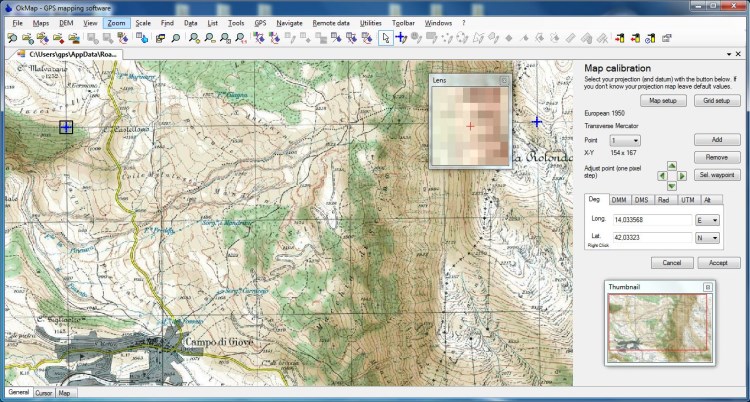

There are 1000 litres in a cubic metre, so the mass of 1 cubic metre of water is approximately 1000 kilograms or 1 metric ton.

1 m 3 of water has a mass of approximately 1 t 1 L of water has a mass of approximately 1 kg The mass of 1 litre of water is therefore approximately 1 kilogram. 1 mL of water has a mass of approximately 1 g The mass of 1 millilitre of water is approximately 1 gram. For information on typing symbols properly, see How can I type unit symbols such as m 2, ☌, N⋅m, and µm? in the FAQ.Įxamples and relationships 1 mL = 1 cm 3 1 millilitre is the same volume as 1 cubic centimetre. In addition, the FAQ includes some information on usage. don’t have periods / full stops after them (unless they happen to fall at the ends of sentences).įor more details on usage, including some common errors, read the USMA’s page on correct metric usage.have spaces before them: it’s 1 km, not 1km and.don’t have singular and plural forms: it’s 1 km, 2 km (no “s” at the end).are case-sensitive: uppercase and lowercase letters have different meanings-for example, mm is the millimetre (one-thousandth of a metre), but Mm is the megametre (one million metres).PrefixĪlthough unit names are ordinary words, note that unit symbols are just that (symbols) and not abbreviations. For a complete list of SI prefixes, including their origins, see SI prefixes and their etymologies.

This table shows the most commonly used SI prefixes. † See How about ‘tons’ and ‘tonnes’? in the FAQ for more details. * See Is it ‘weight’ or ‘mass’? in the FAQ. For more details, see Detailed list of metric system units, symbols, and prefixes. This page shows the most commonly used units, symbols and prefixes. Larger and smaller multiples of that unit are made by adding SI prefixes. In the International System of Units (SI), each physical quantity-length, mass, volume, etc.-is represented by a specific SI unit.


 0 kommentar(er)
0 kommentar(er)
